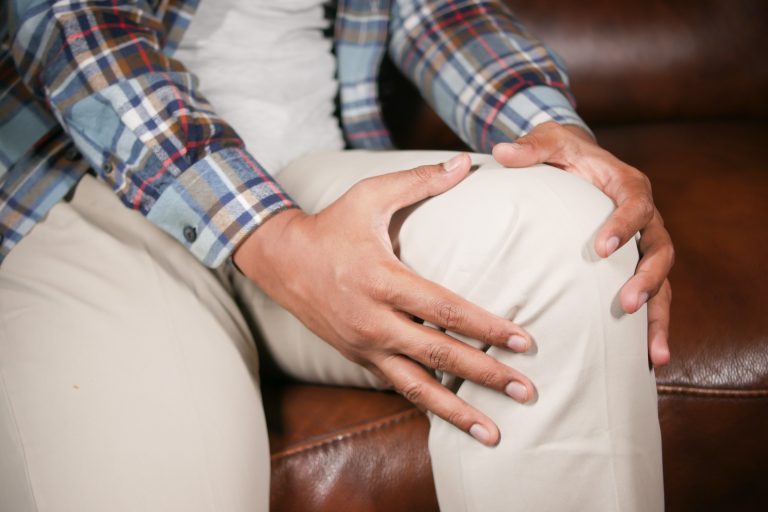Knee pain affects many people and there are several different causes and conditions that induce these symptoms. Living with knee pain can be debilitating and keep you from the activities you love. This guide will help address different causes as well as your treatment options.
At BEST, we believe that patient education is a crucial step in a patient’s wellness journey. An educated patient is able to make better decisions regarding their health while also taking into consideration the type of life they live. This will also allow for the creation of a treatment plan that best suits the needs of the patient.
Knee Pain Symptoms
The location and severity of knee pain may vary, depending on the cause of the problem. Signs and symptoms that sometimes accompany knee pain include:
- Swelling and stiffness
- Redness and warmth to the touch
- Weakness or instability
- Popping or crunching noises
- Inability to fully straighten the knee
What Can Cause Knee Pain
Knee pain can be caused by either a severe injury or a medical condition. Severe injuries can include:
- Ruptured ligament
- Torn cartilage
- Sprains, strain, and tears
And medical conditions include:
- Tendonitis
- Arthritis
- Gout
- Infections
Knee pain is common but also treatable. If you are experiencing persistent symptoms the best thing to do is to consult your doctor in order to develop a treatment plan.
Your Treatment Options
Although knee pain is a common symptom to experience there are a number of treatment options that can help reduce the feelings of pain. A treatment plan will typically start with a number of conservative therapies which include:
Activity Modification
One recommendation your orthopedic surgeon may have for treating these symptoms is modifying your activities. Staying active can help limit weight gain, or even help with weight loss, which can reduce pain in arthritic knees.
Activity modifications, like avoiding lots of stairs and squatting, can help reduce the amount of pain from arthritis in the knees.
Knee Braces
Some patients find joint pain relief with braces. Larger braces can offer more support. An offloading brace forces you to put more weight on the part of your knee that doesn’t have arthritis.
Medications
Medication either over-the-counter or prescription can be used to treat knee pain. NSAIDs, or nonsteroidal anti-inflammatory drugs, work with your body to help reduce knee pain. Common over-the-counter NSAIDs include ibuprofen (Motrin, Advil) and naproxen (Aleve). Common NSAIDS that require a prescription include meloxicam (Mobic), celecoxib (Celebrex), and diclofenac (Voltaren).
Physical Therapy
Another nonsurgical treatment for knee pain is physical therapy. Weight-bearing exercises, such as biking, walking, and using an elliptical, are some of the best exercises to maintain healthy cartilage and strengthen the muscles around your knees and legs. Exercises that strengthen the legs and core muscles of the abdomen and back, such as pushups and straight leg raises, can help stabilize the joints and reduce painful symptoms.
Treatment at BEST
If conservative treatment does not provide adequate relief, even after months of exploring your options, you may need to consider a surgical procedure. If you are recommended for surgery, reach out to BEST. Our board-certified surgeons, Dr. Girton and Dr. Abbott perform the minimally invasive surgeries at BEST. A minimally invasive procedure is a much safer and more effective alternative to open spine surgery. It typically requires an incision that is less than an inch which reduces the risk of complication, lowers recovery time, and eliminates the need for an overnight hospital stay.
If you’d like to learn more about treatment for knee pain or our minimally invasive procedures, contact us today!
